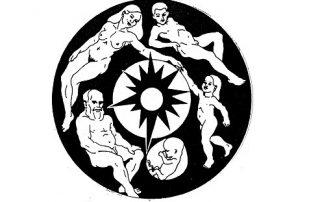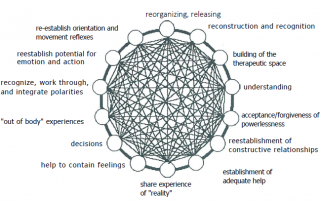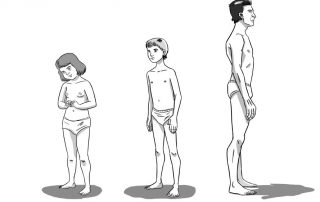Being a Body Psychotherapist – and the Bodynamic System
When I work, I use both verbal and non-verbal interventions. I analyze, I make contracts, I integrate cognitive, behavioral, somatic and social elements, I touch (in ways that can be supportive, neutral and/or evoking), I work from ethical guidelines, I teach and I confront, I use developmental theory and character structure theory, I use transference and countertransference concepts, and much more. My intention is to help clients with issues that prevent them from functioning in the world, help them to overcome obstacles and to develop new resources.










